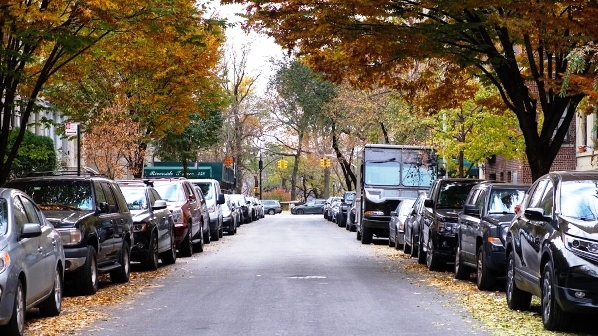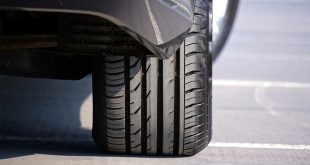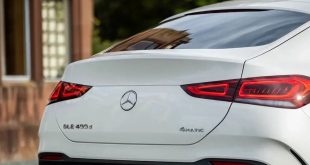This is a widely debated topic among drivers, and it is likely to continue as long as people drive cars. This frequently results in driver standoffs that can potentially block the road for hours. Although roads are generally utilized to get from one location to another, they also function as a makeshift parking lot for all. As a result, as a driver, you must be able to safely navigate your way through parked cars to get to your destination. Having said that, who has the right of way in this situation?
Learning how to react appropriately to various road scenarios is an important component of learning to drive. There are several guidelines that you should be able to adjust to your specific situation. It’s the same while passing parked cars or other stationary obstacles.
When approaching parked cars, there are four main factors to keep in mind. Should you go first, or should incoming traffic? Is there enough space between me and the parked vehicle? What is the best speed to get around the obstacle?

According to the Highway Code, you must give way to approaching traffic if the parked cars are on your side of the road; however, if the parked cars are on the opposite side of the road, you have priority. Oncoming traffic should yield to you if you’ve already begun your overtake. You should also give way to an oncoming car who has committed to an overtake. It makes no difference which side of the road the vehicles are parked on in this scenario.
In Cases Of Double Parking
When there are cars parked on both sides of the road, this is known as double parking. Because there isn’t enough room for cars to overtake parked cars on such a narrow roadway, you’ll have to pick who should go first. In this case, the rule is first come, first served. Whoever arrives first has priority and may begin overtaking.
 Spot Dem Everything About Cars
Spot Dem Everything About Cars




